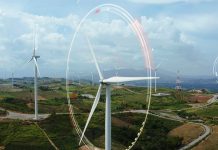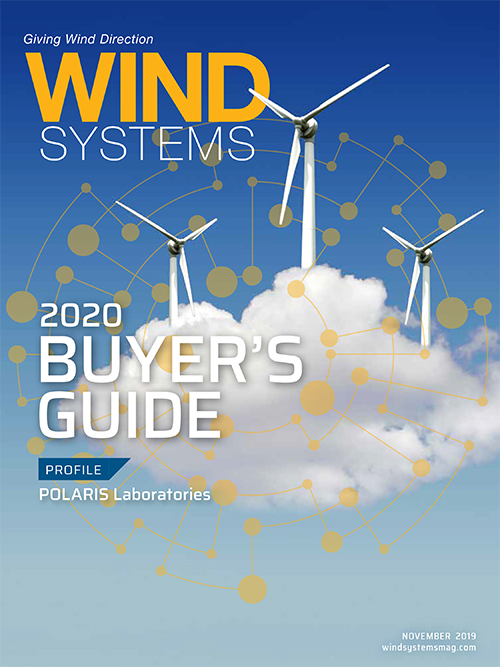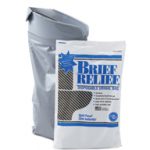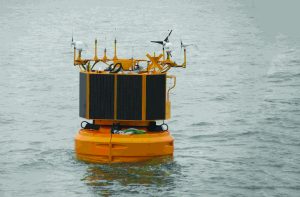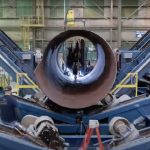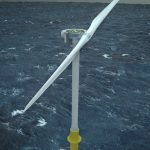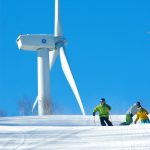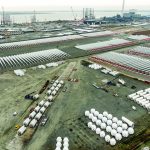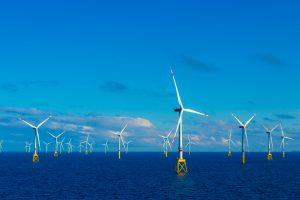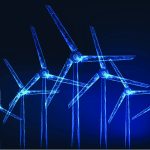Today’s world is all about data, and wind turbine reliability is no exception. ONYX InSight maintains a database of every turbine fault it has detected across 10 years for tracking performance indicators, assisting in operating expenditure (OPEX) forecasting, and other critical engineering works.
These performance indicators are tracked with condition monitoring systems (CMS). Historically, many turbines have been running without CMS covering the major components, and old turbines in established markets, as well as many new turbines in emerging markets, still don’t have monitoring systems fitted. This is mainly because of the high associated capital expenditure (CAPEX), as traditional CMS units that use piezoelectric accelerometers are too expensive to justify the business case for many wind-farm owners.
Of course, many would argue that the business case for CMS in the past was still strong, even with a high initial CAPEX and particularly as turbines aged. Now, MEMS (micro electro-mechanical systems) sensor technology has dramatically cut the cost of CMS hardware and, as a result, doubled the value proposition.
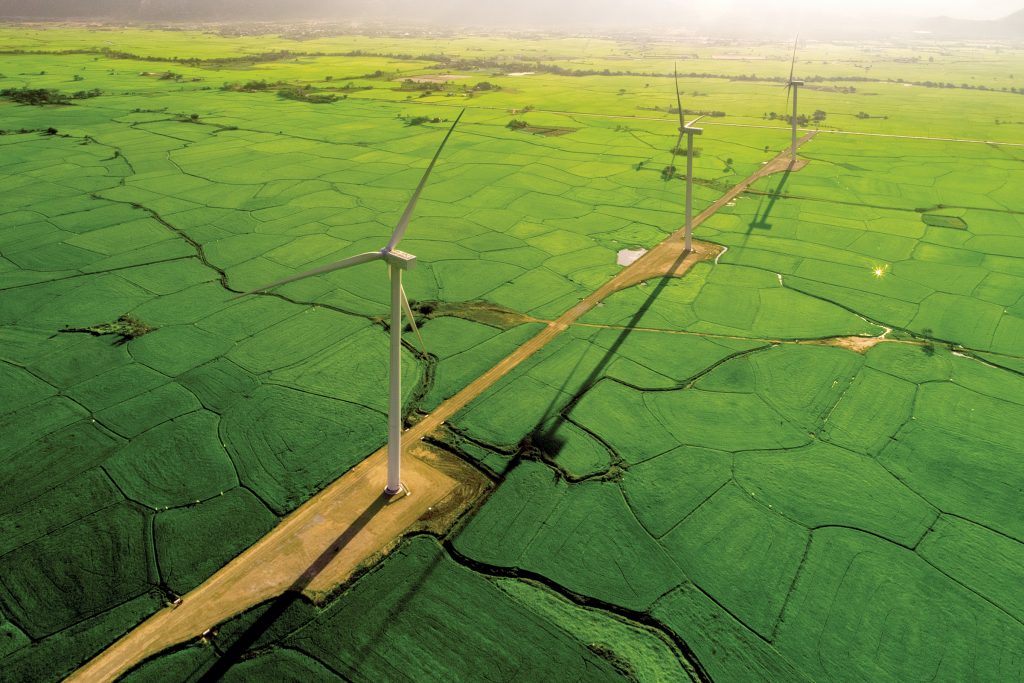
What are MEMS?
MEMS sensors are microscopic devices, typically etched from a layer of silicon and mounted inside an enclosure with integrated electronics. MEMS were first commercialized in the 1980s. Today, they are mass-produced components that feature in a huge number of home electronics and industrial applications.
For example, every car leaving the production line typically has dozens of MEMS sensors installed, including accelerometers, gyroscopes, pressure sensors, flow sensors, and inclinometers. Mobile phones and video games also use MEMS accelerometers and gyroscopes, and it is estimated that more than 11 billion MEMS sensors were produced globally in 2018. There are significantly more MEMS sensors than people on the Earth today.
Driving the adoption of MEMS in wind
With a strong history in a wide range of industries and applications, MEMS sensor technology is not only low cost, but highly reliable.
ONYX InSight has found that wind-farm owners using MEMS sensors in their condition monitoring systems can make significant OPEX savings of up to 8 percent.
The low cost of MEMS-equipped CMS has transformed turbine monitoring for owners of smaller or older models, allowing owners to refine their repair and maintenance strategies. This has enabled the market to optimize activity, extend useful component and machinery lifetime, and realize greater OPEX savings, while ultimately boost the profitability of their wind farms, especially across aging fleets. MEMS sensors in CMS hardware have also brought the benefits of condition monitoring within reach of smaller turbine portfolios.
A detailed installation process
Every wind turbine CMS installation requires a detailed work instruction to be developed that describes the safe installation process, including sensor locations, cable routing, electrical installation, and mounting details.
Sensor location is one of the vital elements of CMS installation. Proper placement of the sensors ensures the correct and most valuable measurement data collected by the CMS hardware to maintain accurate analysis and diagnostics that effectively inform a turbine’s maintenance strategy.
Depending on the scale of the installation and the individual requirements of the wind farm, an independent service provider (ISP) or the original manufacturer of the CMS equipment will come on-site to install the unit and hook up the sensors. For larger fleets, training can be provided to a customer’s technicians.
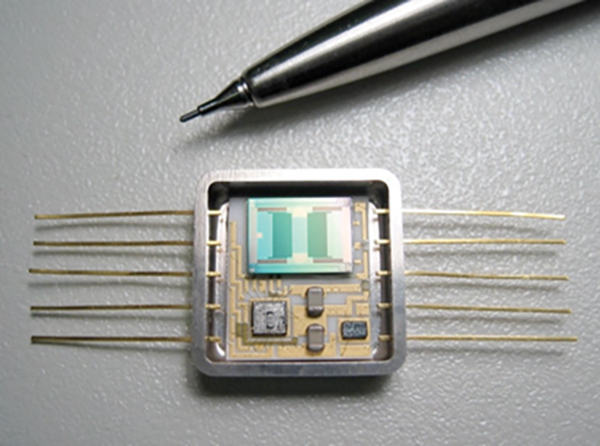
Transforming condition monitoring in wind
MEMS have radically changed the upfront costs and O&M expenditure of turbine condition monitoring, as well as return-on-investment considerations.
For example, in North America, crane costs are relatively high and wind farms are becoming larger. By extending the lead time of fault detection, providing warning long before a catastrophic failure, CMS hardware incorporating MEMS sensors allows multiple repairs to be combined into one crane deployment. If a main bearing is repaired on one turbine during the same crane deployment as a gearbox on a neighboring turbine, the cost saving can be up to $300,000. For a typical medium-sized onshore wind farm, this pays for the installation of CMS hardware across the farm.
Set to boost the competitiveness of wind
A significant proportion of the wind-turbine population has been running in the dark for too long. Low-cost CMS units, powered by MEMS sensors, detect vibration signals that spotlight component faults well in advance of failure. A more advanced warning of failure cuts the incidence of unplanned maintenance, delivering significant cost savings.
However, with more data collected on the full spectrum of the turbine performance, it still needs to be available to the right people so they can establish a robust predictive maintenance strategy. Turbine owners and operators face a number of restrictions that prevent their condition monitoring specialists from accessing the performance data of their own assets. This is often due to the data being held behind a pay wall by the OEM, where it is processed before it is passed to the owner’s O&M team or sometimes because the CMS equipment is not being used to full capacity.
Full visibility of turbine performance data goes hand-in-hand with the increasing use of MEMS technology in CMS systems, and together these developments shift the value proposition of installing and using CMS hardware. More and more turbines of all capacities can now be continuously monitored by their owners, helping to reduce operating costs and ultimately enhance the competitiveness of wind energy.


















